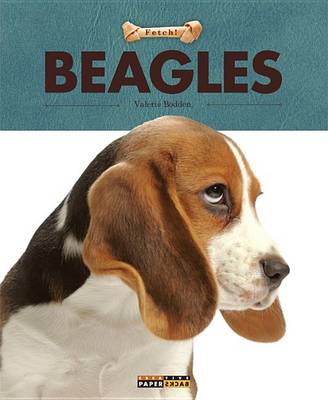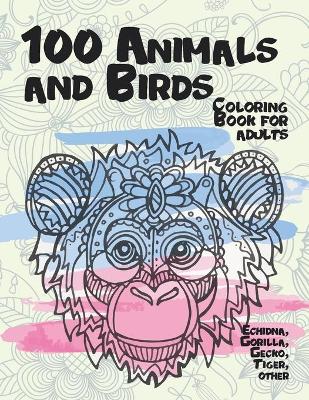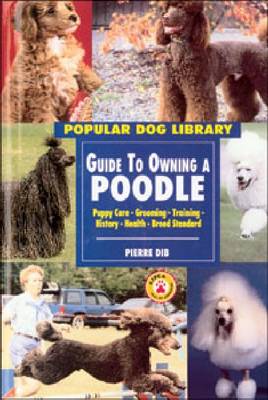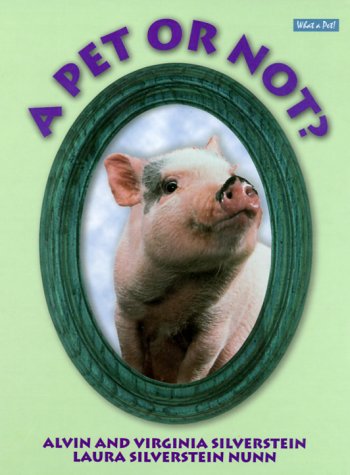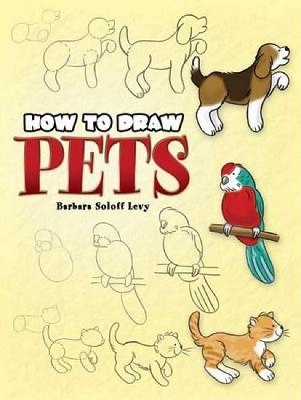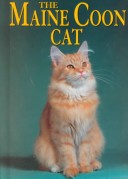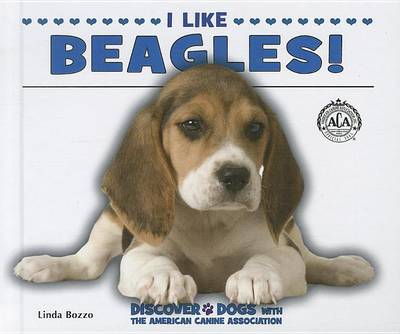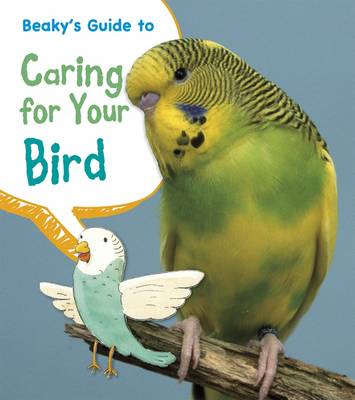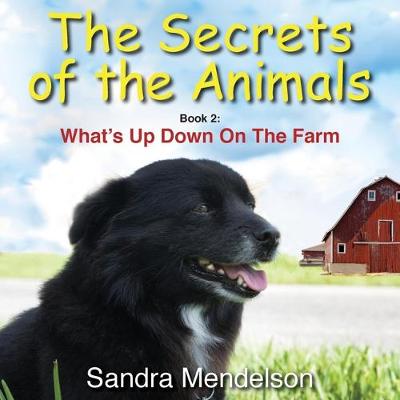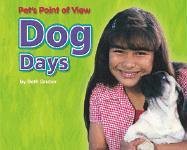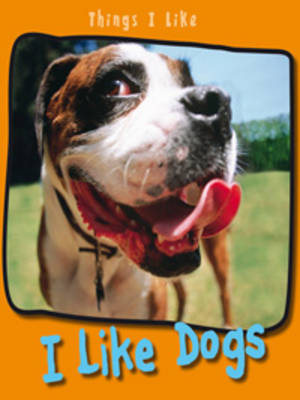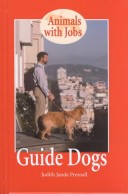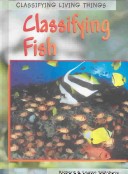How often should you feed your fish? And how much should you feed them? Learn the most about your pet with these fun and informative questions and answers!
Deadly Animals - Coloring Book for Grown-Ups - Cheetah, Lion, Wolf, Shark, and more
by Alexa Coloring Press
Sammy's New Adventure (Sammy's New Adventure, #2) (Sammy the Shire Horse Stories for Children, #2)
by Richard Keith Sanders
100 Animals and Birds - Coloring Book for adults - Echidna, Gorilla, Gecko, Tiger, other
by Madeline Coloring Books
-- Easy-to-understand, informative guides -- Illustrated throughout with full-color photographs -- Keeps young readers' interest -- Fotoglaze "TM" laminated finish gives superior color gloss to all photographs -- Top breeds based on American Kennel Club registrations
Pet or Not (What a Pet) (What a Pet!)
by Dr Alvin Silverstein, Dr Virginia Silverstein, and Laura Silverstein Nunn
Discusses the pros and cons of owning exotic pets such as armadillos, llamas, monkeys, potbellied pigs, and sugar gliders, and offers advice on their care, feeding, and emotional support.
I Like Beagles! (Discover Dogs with the American Canine Association)
by Linda Bozzo
"Early readers will learn how to care for a beagle, including breed-specific traits and needs"--Provided by publisher.
Titles in the Pets' Guides series teach young readers how to care responsibly for their chosen pet. However, in a unique spin, each book is written from the point of view of one of the animals themselves, thus also allowing the books to be used to teach perspective. Topics covered within the books include choosing a pet, getting the right supplies, how to make your new pet feel at home, feeding, exercising and cleaning, best practices when handling your pet, and trips to the vet.
The Secrets of the Animals: Book 2 (Secrets of the Animals, #2)
by Sandra Mendelson
From dachshunds to dalmations to Saint Bernards, different types of common and not-so-common dogs are shown in this celebration of dog fanciers. Tips for caring for dogs and jobs for dogs are also covered.
Classifying Fish (Classifying Living Things) ()
by Louise Spilsbury and Richard Spilsbury
This text addresses the classification of fish in nature. It is part of a series explaining the concept and need for classification and exploring the key features and characteristics of each classification group. The titles explain how living things within a classification group can be linked by key aspects, such as behaviour, life cycle, appearance and structure. Each volume starts with an introduction to classification -how classification helps us to group animals (and plants), the systems, su...

